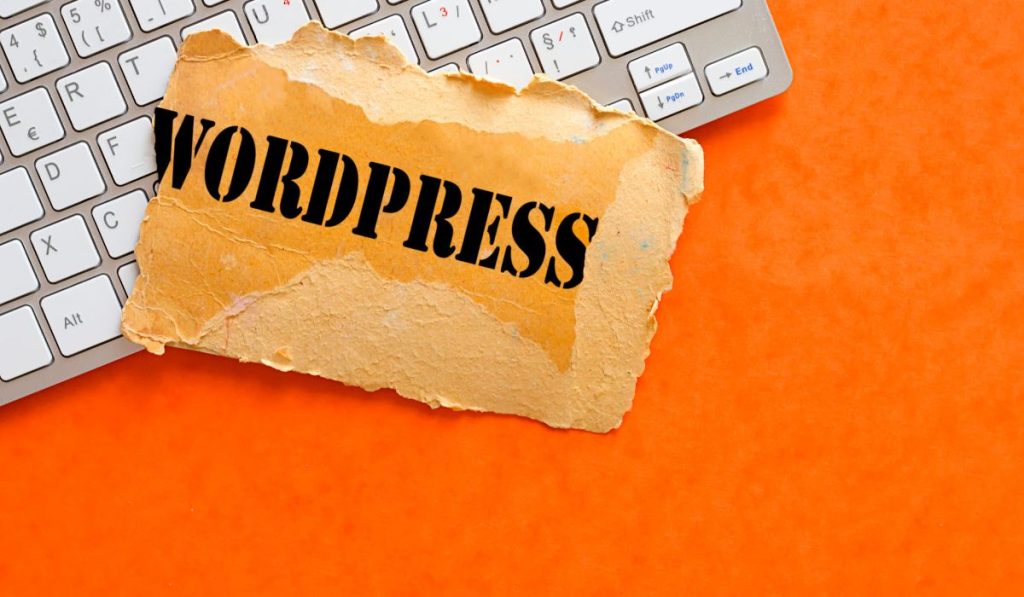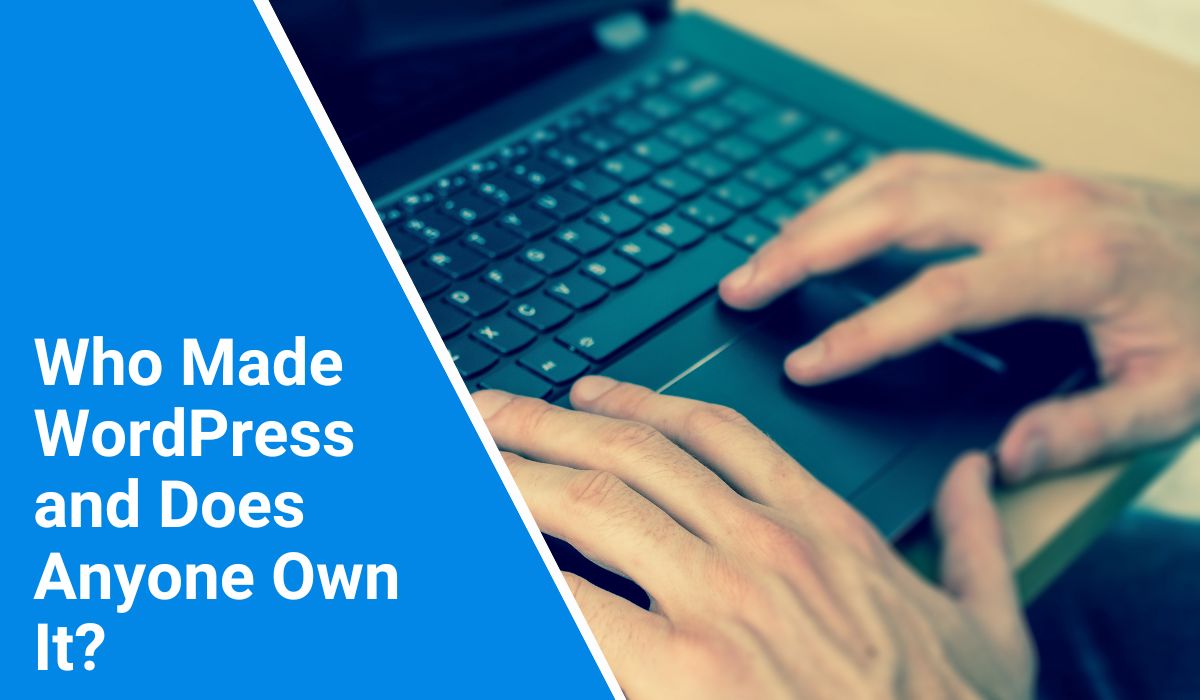WordPress is the most widely used content management system (CMS) in the world, powering millions of websites, from personal blogs to major company sites. But when people ask who owns WordPress, the answer isn’t as simple as naming one person or one company. To understand how WordPress came to dominate the web, we need to look at its history, its founders, and how ownership is structured today.
For a hands-on feel of how the ecosystem benefits publishers today, try AI Bud WP — it lives inside WordPress to draft sections, bulk-generate posts from topic lists, and spin up a trained site chatbot, so you can focus on telling the WordPress story instead of juggling tools.
The Origin of WordPress
 WordPress was founded in 2003 by two developers, Matt Mullenweg and Mike Little, who aimed to create a more advanced blogging tool. At the time, a project called b2/cafelog was abandoned by its creator. Instead of letting it die, Mullenweg and Little forked the software (took its codebase and made a new project out of it) and released the first version of WordPress.
WordPress was founded in 2003 by two developers, Matt Mullenweg and Mike Little, who aimed to create a more advanced blogging tool. At the time, a project called b2/cafelog was abandoned by its creator. Instead of letting it die, Mullenweg and Little forked the software (took its codebase and made a new project out of it) and released the first version of WordPress.
Their goal was straightforward: to make online publishing easier, more accessible, and customizable. The first release was basic, but it included features like an easy-to-use admin panel and a system for creating templates—the foundation of what would later grow into themes and plugins.
The Role of Matt Mullenweg
Among the two founders, Matt Mullenweg became the most visible leader of WordPress. He has remained heavily involved in its growth over the past two decades. Mullenweg went on to co-found Automattic, the company behind WordPress.com, WooCommerce, Jetpack, and several other products in the WordPress ecosystem.
Although Automattic plays a significant role in the WordPress world, Mullenweg often emphasizes that the core WordPress software belongs to the community, not to him or his company. His leadership is both technical and philosophical, guiding the evolution of WordPress while upholding its open-source principles.
Who Owns WordPress Today?
The answer depends on which “WordPress” you mean.
The WordPress software (WordPress.org) is open-source. This means no one person or company owns it. Instead, it’s developed and maintained by a global community of developers and volunteers. Updates, security patches, and new features come from contributors around the world.
The WordPress trademark is held by the WordPress Foundation, a nonprofit established to protect the name and ensure the project remains free and open-source. The foundation exists so that no single company can take control of WordPress.
So in short, no one owns WordPress itself. It’s a community-driven project supported by thousands of contributors.
WordPress.org vs WordPress.com
A lot of confusion comes from the difference between these two:
- WordPress.org
- Free, open-source software.
- You install it on your own hosting server.
- Full control over customization, themes, and plugins.
- WordPress.com
- Commercial hosting service owned by Automattic.
- Runs on the same WordPress software but offers convenience (no manual setup).
- Comes with free and paid plans, including managed hosting and premium features.
While both carry the WordPress name, WordPress.org belongs to the community, and Automattic owns WordPress.com. This distinction is key to understanding ownership.
The Role of the WordPress Community
One of WordPress’s biggest strengths is its community. Thousands of developers create plugins, design themes, test new features, and contribute to documentation. Volunteers run WordCamps (events for WordPress users) and local meetups.
This community-driven model means WordPress grows faster than most proprietary platforms. It’s not just software—it’s an ecosystem supported by people worldwide.
Licensing and the WordPress Philosophy
WordPress is released under the GNU General Public License (GPL). This license ensures that anyone can:
- Use the software for any purpose.
- Modify it as needed.
- Share copies freely.
- Distribute modified versions.
The GPL is at the heart of WordPress’s philosophy. It guarantees that the project will always remain free and open-source, even as companies like Automattic build commercial products on top of it.
Final Thoughts
So, who created and owns WordPress? The answer is layered. Matt Mullenweg and Mike Little created WordPress in 2003. Still, ownership today is split between the WordPress Foundation (which holds the trademark) and the global community of contributors who keep the software alive.
Automattic, the company founded by Mullenweg, owns WordPress.com but not WordPress.org. This unique structure—where no single company controls the CMS—has allowed WordPress to remain the world’s most popular platform for building websites.



